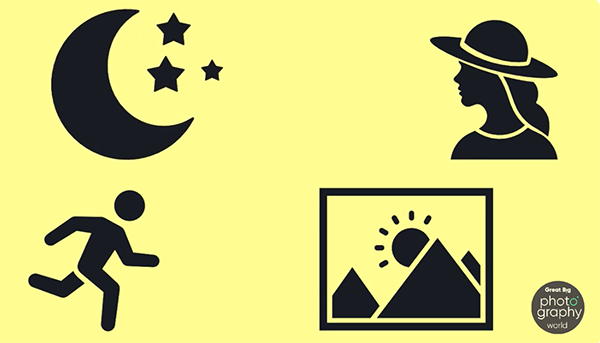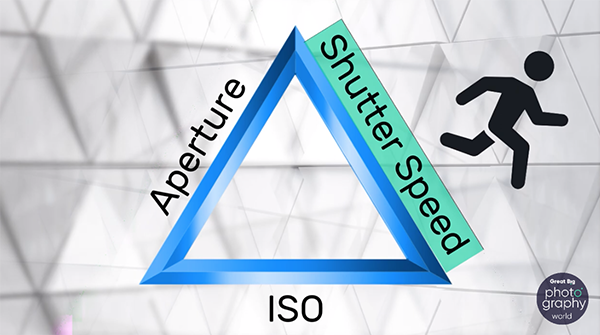Our top-rated firepit just got a serious style upgrade in three on-trend colours that will make any patio look better
It’s a must for a stylish patio this season
So you’ve decided you’re going to start your own interior design business. Congratulations! But have you thought about putting together a business plan for your new venture?
Writing down what you’re trying to achieve, the services you’ll offer, and other important factors will help you streamline your business strategy, keep you focused on your goals, and (perhaps most importantly) make sure your idea makes sense.
It’s a good idea to create a business plan before investing money in your new business; that way, you’ll have a better understanding of how it’ll make money and whether it’s likely to be profitable.
Throughout this guide, I’m going to explain the importance of having a business plan for your interior design business and take you through what information to include.
Here’s to a well-planned and successful interior design business!
There are various benefits of putting together an interior design business plan before going ahead with your new venture, but it really boils down to two factors:

Before you do anything, you need to get your thoughts in order to ensure you have a viable business idea. Writing things down usually helps them make sense, and it’s no different with a business plan.
Your interior design business plan will help you:
A business plan can also help you convince other people to back your business. This includes:

Before writing your business plan, keep the following points in mind:
Write your business plan as if the person who’s reading it knows nothing about you, your business or the interior design industry. This will likely be the case when it comes to getting investment.
Don’t go into too much unnecessary detail. Keep it to the point and focus on the sections listed below. After all, you want people to read it!
Avoid skimming over potential risks and problems, and be honest and realistic about finances. Being over-optimistic might get you the loan you’re after, but it could lead to problems in the future.
Make sure to include market research, details on competitors, where your business fits into the interior design market and what makes it different to what’s already out there.

When it comes to writing your business plan, try to use the following structure:
Executive summary
Elevator pitch
About the business owner
Products and services
Business structure
The market: Customers, competitors and market overview
Sales and marketing strategy
Business operations
Business expenses
Financial forecasts

Let’s go into a bit more detail on each section:
An executive summary is essentially a summary of your interior design business plan, so it’s best to write this section last. It should include key points, so if someone were to only read this section, they’d still have an understanding of your business and what you’re trying to achieve.
Your executive summary should include:

An elevator pitch is a short summary of your business. It’s what you’ll tell people when they ask what your business does. Writing down an elevator pitch will help ensure you have a clear idea of your business direction and enable you to give a concise, well-formed description when you explain your business to others.
It should include:
Add a bit about yourself, why you want to start an interior design business, and any experience you have in the industry. Things to cover include:
How is your business going to make its money? Explain the different interior design services your business will offer and whether you’ll also sell any physical products.
Note down:
Will you work as a sole trader and hire contractors to help, or will you hire employees? Do you have a network of suppliers in place to help you carry out your projects? Include information on your employees, contractors, suppliers, and their roles in this section:

The market summary section of your business plan should include information about the current market and market trends, your target audience, and competitors. This section will not only help outsiders understand your target market, but it’ll also help you understand how best to advertise your products and services.
Your market summary can be split into a few sections:
How will you reach your target customers, and what channels will you sell your products through? What price point will you sell your services at? The sales and marketing strategy section should cover:
(E.g. word of mouth, social media, direct mail, trade shows)

This section covers the day-to-day running of your business, what’s involved in each interior design project or the production of any products you sell, where your business will operate, what equipment and insurance you’ll need, etc.
There are various expenses involved in running a business, so you’ll need to list these. Your expenses will include things like:
Financial forecasts can be tricky if you’re just starting out, but try to put together a realistic calculation for the next three to five years. Essentially, you need to prove that your business will survive and become profitable. If you’re a small business or startup, speaking to an adviser at your bank may help with forecasting.
Your financial forecasts should include:
As you can see, a lot goes into starting your own interior design business. And while creating a business plan might seem like a long process, it’ll definitely help you in the long run.
We recently featured a tutorial from the Great Big Photography World explaining why you may want to experiment with a camera’s Program mode even if you’re not a beginner. The episode below, discussing the convenience of Scene modes, is another installment in their series exploring the various options on your camera’s mode dial.
If you watched the earlier tutorial you’ll notice how Scene modes are similar to the Program mode, in that shutter speed, aperture, and ISO are all set automatically. But here’s the big difference: When a scene mode is selected, and there are several options from which to choose, the camera applies optimum exposure settings for the specific scene being photographed.
This can be a real timesaver when dealing with unfamiliar subjects—like when shooting nighttime portraits with an illuminated cityscape in the background. Rather than trying to calculate how to properly expose both your subject and the sparkling backdrop, simply choose the Night Portrait scene mode and the camera will do all the heavy lifting on your behalf.

There are other scene modes that can be equally helpful for quickly getting the light right in situations that you haven’t photographed before and you don’t want to miss a fleeting moment while you figure things out. Just choose the appropriate mode, concentrate on composition and focus, and the camera will automatically bail you out.
Another example is the scene mode labeled Sports. Here the camera will select a fast shutter speed to avoid motion blur of fast-moving subjects. In the Portrait mode (not to be confused with the Night Portrait setting mentioned above) your camera is programmed to select a wider aperture so that your sharply focused subject stands out against a softer background. Think of this mode as minimizing depth of field.
In Night mode the camera provides a high ISO setting so that you achieve accurately exposed photos under low-light conditions. The compromise you make in exchange for convenience when using the foregoing scene modes and others is that you give up control over exposure since you’re delegating that task to the camera.

But in certain situations this can be a reasonable tradeoff—especially when the alternative is missing the shot altogether. Or as today’s unnamed instructor says, “scene modes are designed to make using your camera easy—not creatively.” The choice is up to you.
There’s much more to be learned by paying a visit to the Great Big Photography World YouTube channel, so be sure to do that when you have time to explore.
And don’t forget to check out the tutorial mentioned above that explores the benefits and drawbacks of capturing photographs in Program mode.
